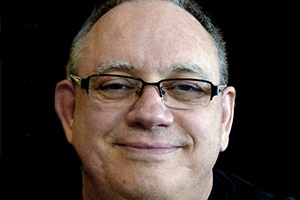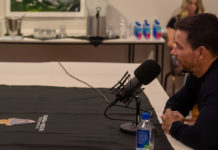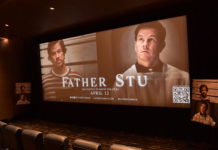‘Mystery of the Magi’
Author: Fr. Dwight Longnecker
Publisher: Regnery History
Length: 320 pages
Release Date: Nov. 6, 2017
Available at: Kino Library
ORDER A COPY
It’s the Advent Season with Christmas nearing and, as the old cliché goes, everyone loves a good mystery! This season, we have a very good one in Fr. Dwight Longnecker’s, “Mystery of the Magi: The Quest to Identify the Three Wise Men.”
We’ve all seen the Christmas pageants with the three little Wise Men, we’ve all sung the songs and we all know the names of the three wise fellows: Balthasar of Arabia, Melchior of Persia, and Gaspar of India, or, as the only Gospel to mention them — Matthew — calls them, “Magi from the East” (Mt. 2:1).
But that’s just it! That’s all that Matthew’s Gospel says about them. They saw a star (three planets in alignment), they came to pay homage, who knows why and they stopped by to visit Herod and then secreted away. So, why do we have names, songs and pageants with the three Wise Men showcased?
THAT’S the mystery.
One theory is that there is something universal about them, something that spreads the Good News of Christ’s birth to the corners of the known world.
Fr. Longnecker, however, is careful in his pursuit of answers but he doesn’t get down into the specific hardcore history, because it’s not really out there. Magi were known to be Zoroastrian priests, or magicians or mystical astrologers. Fr. Longnecker does bring in a fair amount of history we all should know but don’t.
For example, ever hear of the Nabateans? Nebuchadnezzar, sure, but the Nabeteans? This little empire stretched around from the Sinai Peninsula up into Jordan, Syria and into Saudi Arabia. The importance of these folks is that their king, at the time of Christ’s birth, (6 BC-AD 4, though I always thought it was “0”!) was keen on the Jewish people, probably because the descendants of Jacob and Esau were mixed and separated and somehow religious beliefs got around the area and it turned out that the Nabeteans had an emergent monotheism that had some similarities to Judaism. Therefore, with all the signs and oracles, Magi from this loose area could have gone to Judea to check out the birth of a new king of the Jews.

Another issue in this mystery is the three treasures: gold, frankincense and myrrh. They are mentioned in Matthew but, just like the three wise fellows, their stories have grown from something simple to things of religious significance.
Take gold — of course one would present gold to a newborn king. The gold in the Nabatean region was of particularly good quality so if we had Nabetean magi bring gold, it would be of the purest form. Not only that but gold would not have been simply a luxurious gift but as Fr. Longnecker states: “a cash crop of the Nabatean kingdom of Aretas IV.”
The second gift, frankincense, is a gift not so well understood today but, back in the day, the practice of religion was universal; there were a great deal of prayers floating to the heavens from everywhere, every day. To the Jewish people, incense was important in the tabernacles. Frankincense could only be harvested once a year and the yields were small so this gift would have been both thoughtful and timely. By the way supply and demand works, the frankincense was probably quite valuable as well.
Finally, the myrrh: this was not only used in funeral processing, but also as a medicine of wide value. It could heal wounds; treat worm infestations — look at it as a Christmas symbol — coughs and certain infections. Hippocrates himself was said to have used it. Myrrh was also only harvested once a year and the value was equal to frankincense.
So, what happened to the three wise men? Where did they go? Matthew’s Gospel has them meeting with Herod but all three figures learned from a dream that the Judean king had less than sincere motives for asking these three where the new king would be born. We find out later that Herod was murderous in ordering the deaths of innocents after Joseph, Mary and Jesus had escaped to Egypt. Matthew is particularly vague when he writes: “they returned to their country by another route.” Safest bet.
Ultimately, the book really does read like the proverbial “whodunit” and find out, from the preponderance of evidence, where the Magi came from and where they went.
Like a mystery, read this book.






